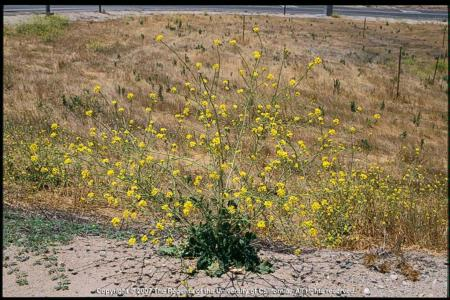It is Time to Strip Alfalfa for Lygus Management
- Monitoring Lygus in cotton
- Stripping alfalfa hay
- Movement of Lygus in the Landscape
- Natural enemies in cotton
With growing conditions continuing to look favorable for cotton growth and development, fruiting is beginning or well underway in some locations. Fruiting is being noticed in Firebaugh area at 6th main stem node, which is line with early season temperatures we have experienced and good planting dates.
Setting the early fruit sets the plant up for the rest of the season. With a shortage of the irrigation deliveries this year, the season must be as compact as possible. Protecting early fruit is critical in these water short conditions.

Lygus will be a localized problem. Movement will occur from neighboring sources, most likely other cultivated crops. Key sources for Lygus include safflower, forage alfalfa and seed alfalfa. Within safflower and alfalfa forage, the Lygus population can be managed to prevent mass movement into surrounding cotton fields. Lygus is closely managed in seed alfalfa can still acts as a major source.
Safflower is currently being treated for Lygus to prevent the first generation from 
Alfalfa forage is the most common crop which Lygus prefers. It is a unique crop in our cotton landscape because it is harvested frequently for its vegetative biomass, not its reproductive parts, e.g. fruit, lint, seed. Providing even a limited habitat during cutting can have a substantial effect on mitigating Lygus movement into cotton. During the June and July cuttings, if uncut strips of alfalfa are left in the field, Lygus will move to them and stay until the next irrigation cycle, when they return to the larger alfalfa field.
Limiting the movement of Lygus into cotton not only protects the fruit during this critical early stage but can reduce the need for insecticide applications. This allows additional natural enemies to build and helps reduce pressure for the development of insecticide resistance.
Early intervention through the cultural control of Lygus source management will help set the cotton up for high fruit retention, shorter season and fewer secondary insect and mite problems, as well as reduce costs in early insecticide treatments.

